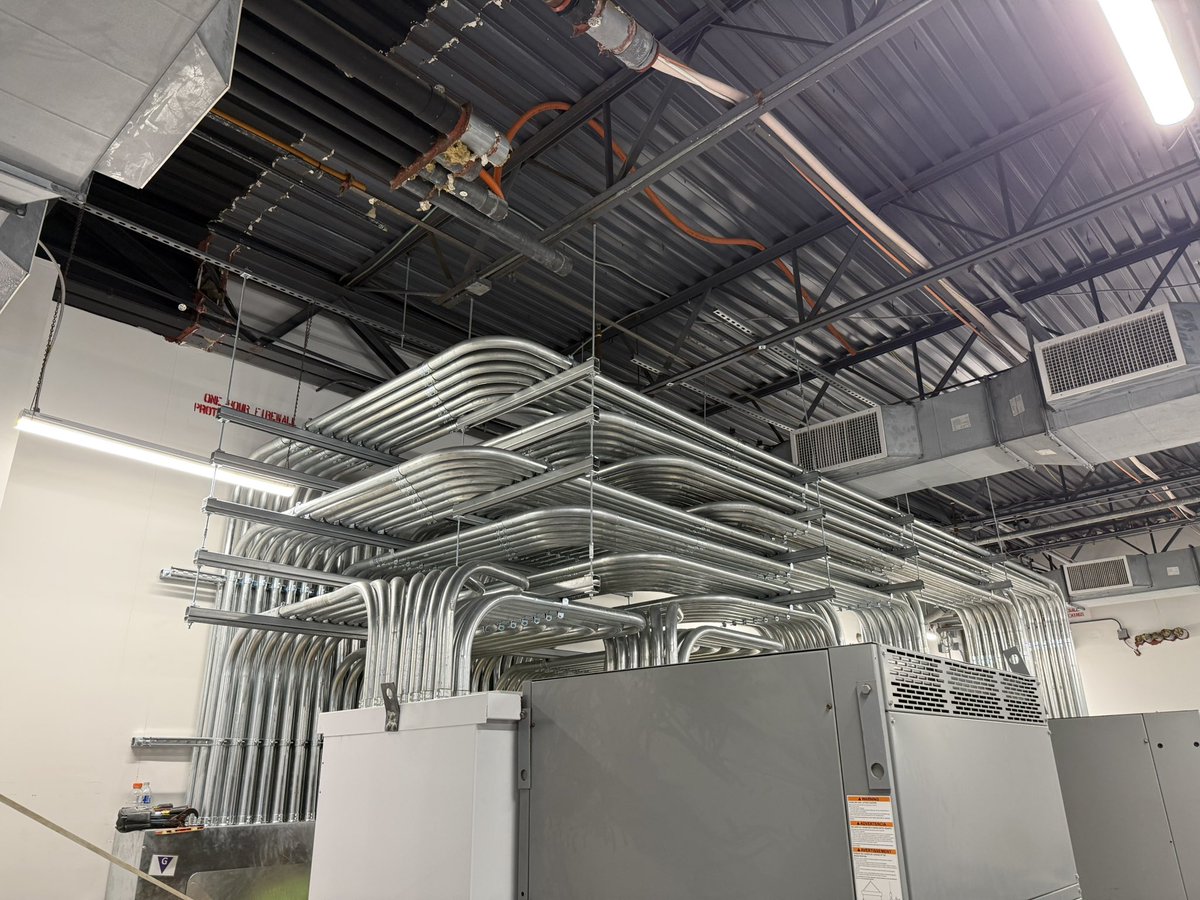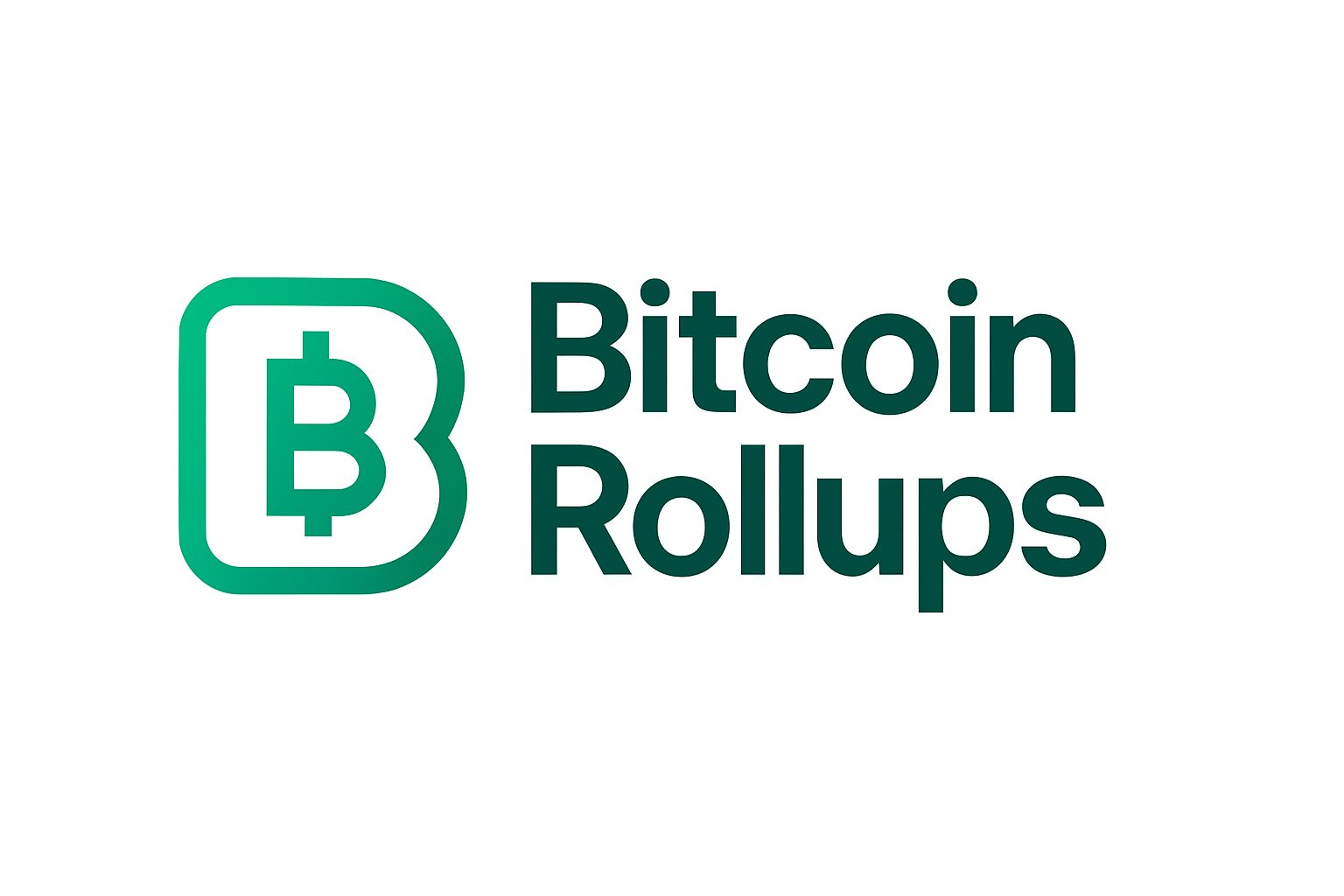
In November 2025, Bitcoin stands at a pivotal moment in its evolution as a decentralized financial platform. With the price of Bitcoin (BTC) at $91,542.00, the network is witnessing an unprecedented surge in both institutional and developer interest, driven by the rapid maturation of Bitcoin-native DeFi infrastructure. Two innovations are at the epicenter of this transformation: BitScaler and advanced channel factories. Both are redefining what is possible for trust-minimized cross-chain swaps, high-throughput settlement, and composable DeFi atop Bitcoin’s immutable ledger.
BitScaler: The Engine Powering Native Cross-Chain Swaps
BitScaler, developed by Portal to Bitcoin, is not simply another scaling solution or wrapped asset protocol. Instead, it represents a fundamental re-architecture of how value moves across blockchains using native BTC as the settlement layer. By leveraging modified multi-party channel factories and Taproot scripts, BitScaler enables thousands of off-chain transactions to be net-settled on-chain with a single action. This compression reduces transaction fees and congestion on the primary Bitcoin chain, critical as adoption expands and blocks remain scarce resources.
The core advancement lies in BitScaler’s ability to facilitate atomic swaps between native BTC and assets on other blockchains, all without custodians or synthetic representations like wBTC. This model sidesteps risks inherent in bridges or wrapped tokens, vectors that have repeatedly been exploited in other ecosystems, and instead delivers genuine trust-minimized interoperability. As a result, developers can build DeFi primitives such as AMMs, lending markets, and derivatives directly on top of native Bitcoin liquidity.
For a deeper technical exploration of BitScaler’s architecture and its implications for cross-chain liquidity without custody risk, see this analysis.
Channel Factories: Aggregating Liquidity for Scalable DeFi
The concept of channel factories is not new to second-layer scaling discussions; however, their application within BitScaler has reached new heights in 2025. Channel factories aggregate multiple payment channels into shared liquidity pools managed off-chain. Only when participants wish to settle or close channels does an on-chain transaction occur, a model that drastically reduces network congestion while maintaining security guarantees.
This approach enables efficient batching of transactions and dynamic liquidity allocation, essential features for supporting high-frequency trading, arbitrage strategies, and complex DeFi protocols operating across multiple chains. By integrating Taproot-enabled scripts within these channel factories, BitScaler further enhances privacy and composability for users conducting multi-hop swaps or intricate contract logic.
The scalability benefits are clear: with fewer on-chain transactions required per user activity, transaction costs drop while throughput rises exponentially. This positions Bitcoin not just as “digital gold, ” but as a viable settlement layer for global financial applications, without sacrificing its core principles of decentralization and censorship resistance.
Institutional Capital Flows Into Bitcoin-Native DeFi
The strategic significance of these breakthroughs has not gone unnoticed by institutional investors. Portal to Bitcoin’s recent $50 million raise led by Paloma Investments underscores growing confidence that Bitcoin can serve as both collateral base and settlement rail for trustless cross-chain finance. Unlike previous cycles where capital chased speculative altcoin projects or risky wrapped assets, today’s flows are targeting infrastructure that preserves Bitcoin’s unique security guarantees while unlocking new use cases.
This influx of capital is accelerating development timelines for next-generation protocols built atop BitScaler’s framework, from decentralized exchanges supporting atomic swaps between BTC and ETH to lending platforms collateralized by native assets across chains. The outcome is an ecosystem where users retain full custody over their funds while accessing the composability and efficiency previously limited to Ethereum-based DeFi.
Bitcoin (BTC) Price Prediction 2026-2031: Impact of BitScaler & Channel Factories
Professional Outlook Post-BitScaler Adoption and DeFi Transformation (2025 Baseline: $91,542.00)
| Year | Minimum Price (Bearish) | Average Price (Base Case) | Maximum Price (Bullish) | Yearly % Change (Avg) | Key Market Scenario |
|---|---|---|---|---|---|
| 2026 | $77,500.00 | $101,200.00 | $135,000.00 | +10.5% | Continued DeFi adoption, consolidation post-BitScaler launch |
| 2027 | $89,000.00 | $122,000.00 | $165,000.00 | +20.5% | Institutional inflows, cross-chain DeFi growth, regulatory clarity |
| 2028 | $110,000.00 | $146,500.00 | $210,000.00 | +20.1% | Mainstream DeFi usage, expanded interoperability, ETF expansion |
| 2029 | $123,000.00 | $171,000.00 | $260,000.00 | +16.7% | Global macro tailwinds, robust DeFi market, possible halving effect |
| 2030 | $140,000.00 | $192,500.00 | $310,000.00 | +12.6% | DeFi maturity, increased competition, mass retail adoption |
| 2031 | $130,000.00 | $215,000.00 | $350,000.00 | +11.7% | Market cycle peak, potential regulatory headwinds, new tech integration |
Price Prediction Summary
Bitcoin’s price outlook from 2026 to 2031 remains strong, underpinned by rapid DeFi innovation, BitScaler-driven scalability, and institutional adoption. While volatility and regulatory risks persist, the average price trajectory suggests steady long-term growth, with the potential for significant upside in bullish scenarios if cross-chain DeFi achieves mass adoption.
Key Factors Affecting Bitcoin Price
- BitScaler’s impact on scalability and transaction costs
- Widespread adoption of Bitcoin-native DeFi applications
- Institutional investment and ETF market expansion
- Regulatory developments and global policy changes
- Competition from other smart contract and DeFi platforms
- Macro-economic trends influencing investor sentiment
- Advancements in cross-chain interoperability and security
Disclaimer: Cryptocurrency price predictions are speculative and based on current market analysis.
Actual prices may vary significantly due to market volatility, regulatory changes, and other factors.
Always do your own research before making investment decisions.
The Road Ahead: Redefining Settlement Layers Amidst Surging Demand
As demand for scalable cross-chain applications intensifies alongside sustained price levels above $90,000 per BTC, the role of channel factory-based solutions will only grow more critical. Developers are now empowered to architect protocols with genuine non-custodial guarantees, ushering in a new era where “Bitcoin-native DeFi” is no longer aspirational rhetoric but operational reality.
With the arrival of BitScaler and advanced channel factories, Bitcoin’s settlement layer is evolving to meet the needs of a multi-chain financial landscape. The ability to conduct atomic swaps directly between native BTC and assets on other networks, without intermediaries or synthetic tokens, is a foundational shift. This not only removes longstanding friction from cross-chain liquidity but also dramatically reduces counterparty risk, a critical consideration for both institutional allocators and sophisticated DeFi users.

As Bitcoin-native DeFi matures, new classes of applications are emerging. Decentralized exchanges leveraging BitScaler’s atomic swap engine are already demonstrating robust volume, while lending protocols are experimenting with using native BTC as trustless collateral for multi-chain loans. The composability unlocked by channel factories means that complex, multi-step financial operations can now execute with minimal on-chain footprint, a feature previously exclusive to more programmable blockchains.
This paradigm shift is also influencing developer activity. Open-source contributions to the BitScaler protocol have surged since mid-2025, as engineers recognize the opportunity to build on a platform that combines Bitcoin’s security with next-generation scalability. The integration of Taproot scripts further expands the design space for privacy-preserving contracts and sophisticated DeFi primitives.
Security and Trust: No Compromise on Bitcoin’s Core Principles
A key differentiator in this new era is the unwavering commitment to trust-minimized design. By eschewing bridges, custodians, and wrapped representations, BitScaler and its channel factories keep users in control of their assets at all times. This approach stands in stark contrast to earlier attempts at Bitcoin interoperability, many of which suffered high-profile exploits or loss events due to centralized points of failure.
The use of multi-party computation (MPC), combined with Taproot’s enhanced scripting capabilities, ensures that even as transaction throughput scales into thousands per second off-chain, settlement finality remains anchored in Bitcoin’s battle-tested consensus. For institutions managing significant capital allocations or compliance-sensitive treasuries, this is a non-negotiable advantage.
Looking Forward: From Digital Gold to DeFi Powerhouse
With Bitcoin priced at $91,542.00, its role as a programmable settlement layer is no longer theoretical, it is being realized in real time through tools like BitScaler and channel factories. As these innovations continue to attract capital and talent, they will underpin an increasingly vibrant ecosystem where decentralized finance is accessible natively from Bitcoin itself.
The next phase will see further integration with other blockchain networks, ETH, stablecoins, and emerging L2s, without diluting Bitcoin’s core guarantees or introducing new attack vectors. For developers and investors seeking exposure to scalable cross-chain infrastructure rooted in the world’s most secure ledger, this moment represents both an inflection point and an invitation.
For deeper analysis on how BitScaler enables trustless cross-chain liquidity for Bitcoin without bridges or wrapped tokens, explore our detailed guide here.




